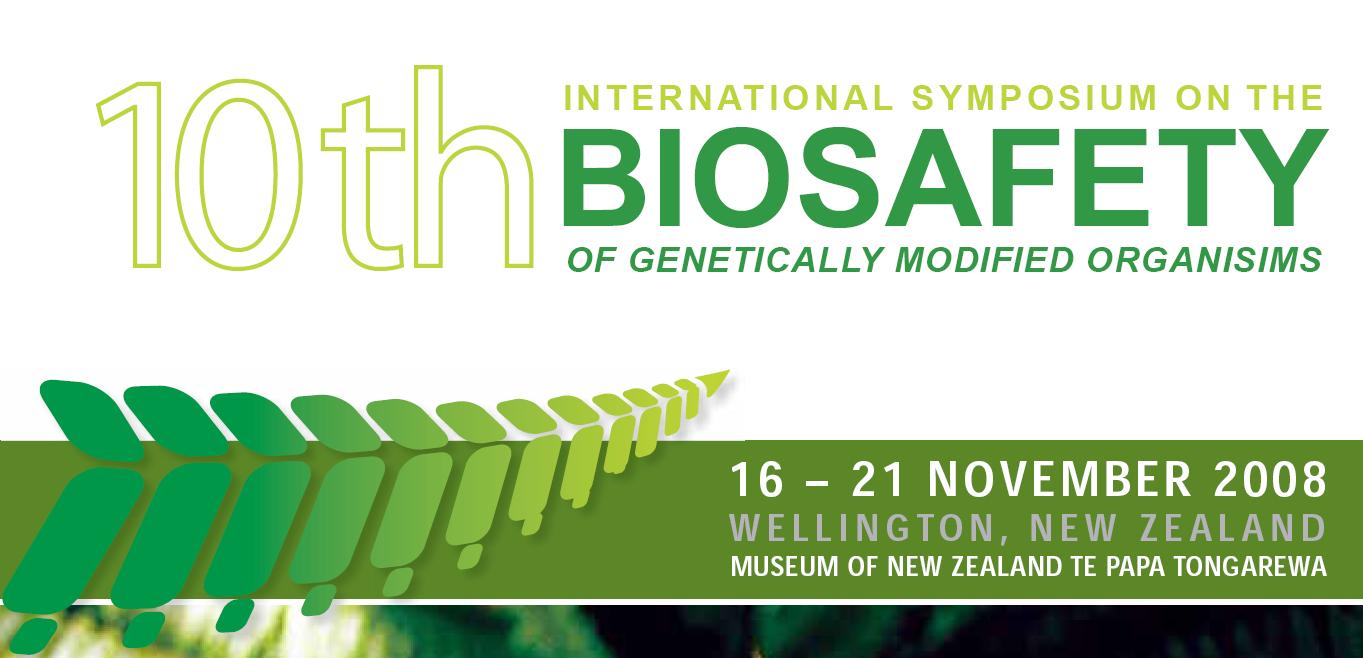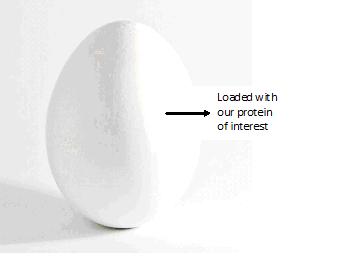Team:Imperial College London/M3
From 2009.igem.org

Module 3 is the final module of the system. It programs the E.ncapsulator to destroy its genetic material after encapsulation has finished. This prevents any possible pathogenic effects, and also allays health concerns of eating genetically modified organisms.
10th International Symposium on the Biosafety of Genetically Modified Organisms (GM Biosafety Symposium)
Module 3 consists of 2 parts:
1) Thermoinduction
2) Killing by Restriction Enzymes
A distinct advantage of using restriction enzymes for our 'killing' mechanism is that the cell membrane is left intact afterwards, and the protein of interest will still be protected by the encapsulated cell. This renders the bacterium no more than an inanimate shell containing our protein drug of choice.
Thermoinduction
After Module 2 has been completed, genome deletion is triggered by raising the temperature. This is especially suitable since it is difficult for normal chemical induction to penetrate the colanic acid coating.
(see thermoinduction under temporal control)
The pLambda promoter and cI protein form a thermoregulatable system.
The cI protein represses the pLambda promoter at low temperatures. However, when temperature increases to 42 degrees celsius, the cI protein is denatured, and the lambda promoter is activated.
(see thermoinduction under temporal control)
 "
"






